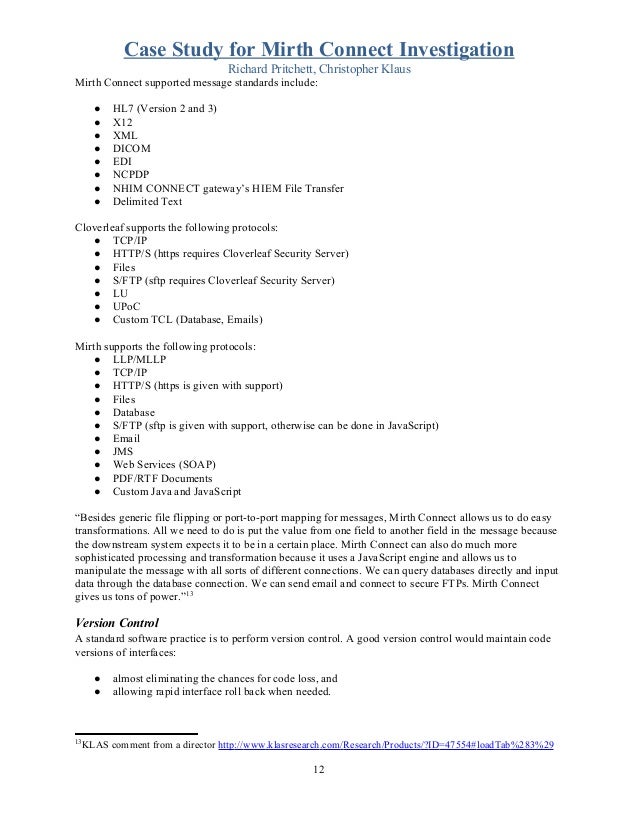고정 헤더 영역
상세 컨텐츠
본문
eMedNY 5010/D.0 Transaction Instructions eMedNY 5010/D.0 Transaction InstructionsThe New York State Department of Health (NYS DOH) has provided the Standard Companion Guide Transaction Information, which includes NYS Medicaid specific information intended to supplement the instructions published in ASC X12's Implementation Guides (TR3s).The Transaction Instruction component of this companion guide must be used in conjunction with an associated ASC X12 Implementation Guide. The instructions in this companion guide are not intended to be stand-alone requirements documents. Copyright ©2019 DOH. All Rights Reserved.This website is provided as a service for providers and the general public, as part of the offerings of the electronic Medicaid system of New York State.
You'll be able to find helpful manuals and reference material, and get answers to questions about New York Medicaid. The site is updated regularly to meet the ever-growing needs of the New York State provider community. If you need help finding what you're looking for, please visit our Site Map, use the search above, or you can contact us directly for assistance.
NCPDP recommends the use of a standardized format for electronic communication of claims between pharmacy providers, insurance carriers, third-party administrators, and other responsible parties. This standard addresses the data format and content, the transmission protocol, and other appropriate telecommunication requirements and was developed to accommodate the eligibility verification process at the point-of-sale and to provide a consistent format for electronic claims processing.
The standard supports the submission and adjudication of third party prescription drug claims in an on-line, real-time environment.NCPDP Version 3 Release 2 was a standard created by the NCPDP Telecommunication Work Group (Work Group One). The objective of the standard is to provide a standard format for on-line real time adjudication for pharmacy claims. Functions include billing of pharmaceutical products including compound medications; billing of professional drug utilization review situations. Users of the standard include administrative/reimbursement and clinical environment. Pharmacies submit claims for drugs and professional services and when applicable receive clinical DUR information derived from payer/prescription benefit manager databases.
The standard is used in all operating system environments and claims are submitted and then adjudicated directly from pharmacy to payer and via network. The standard satisfies the needs of public and private prescription benefit plans for well over 100,000,000 health plan members. In addition, this standard facilitates a specific type of business communication between a large number of diverse parties within the third party environment.

To do this successfully, it must accomplish the following tasks:. Support the needs of as wide a base of potential users as possible. Maximize use of existing relevant standards wherever possible (e.g. Version 1.0 of this standard). Be flexible enough to change as needs and technology change. Be unambiguous. Be easy to implement by payers and pharmacy management software developers.User Environment:A given organization might serve multiple roles (for example, Administrator and Processor).
Certain roles might be split between multiple organizations, the administrator and processor could be different.This standard addresses the submission of a claim and/or professional service by a dispenser to an administrator/processor, and identifies the response of the administrator/processor to the dispenser. For the purpose of this document, the term 'processor' will be used to identify the identity actually performing the authorization/adjudication function.Types of Messages:This standard addresses two types of communication between the dispenser (sender) and the processor (receiver).
These communication types are claim submission/response and claim reversal/response. These are described in detail below:Claim Submission/Response:This transaction is used by the dispenser to request the administrator verify the eligibility of a specific claimant according to the appropriate plan parameters. The message sent by the dispenser contains four types of data:1) Control Data: This identifies the message type, destination, etc.2) Dispenser Data: This identifies the provider of the service.3) Claimant Data: This identifies the person for whom the service is being provided.4) Prescription Data: This describes the specific service being provided by the Dispenser.Each claim submission message contains control, dispenser, and claimant data, and up to four occurrences of prescription data. A special case message is where there are zero occurrences of the prescription data. This identifies a request to only verify the eligibility of the claimant.Depending upon the particular claim submission message, the processor can provide one of the following general types of responses:. Eligibility verification only- This occurs when the processor is verifying the eligibility of the claimant. The claim must be submitted for processing at another time.
Claim capture only- This occurs when the processor acknowledges receipt of the claim, but is not making any judgment regarding eligibility of the claimant. Claim capture, eligibility verification, and adjudication- This occurs when the processor captures and processes the claim, and returns to the originator the dollar amounts allowed under the terms of the plan.Claim Reversal/Response:This transaction is used by the dispenser to request the administrator to reverse a previously submitted claim.
The results of a successfully submitted reversal are as if the claim was not submitted in the first place. According to the Paperwork Reduction Act of 1995, no persons are required to respond to a collection of information unless it displays a valid OMB control number. The valid OMB control number for this information collection is 0990-0379. The time required to complete this information collection is estimated to average 5 minutes per response, including the time to review instructions, search existing data resources, gather the data needed, and complete and review the information collection. If you have comments concerning the accuracy of the time estimate(s) or suggestions for improving this form, please write to: U.S. Department of Health & Human Services, OS/OCIO/PRA, 200 Independence Ave., S.W., Suite 336-E, Washington D.C.

What Is Ncpdp Format
20201, Attention: PRA Reports Clearance Officer.




